Frederik Fialin
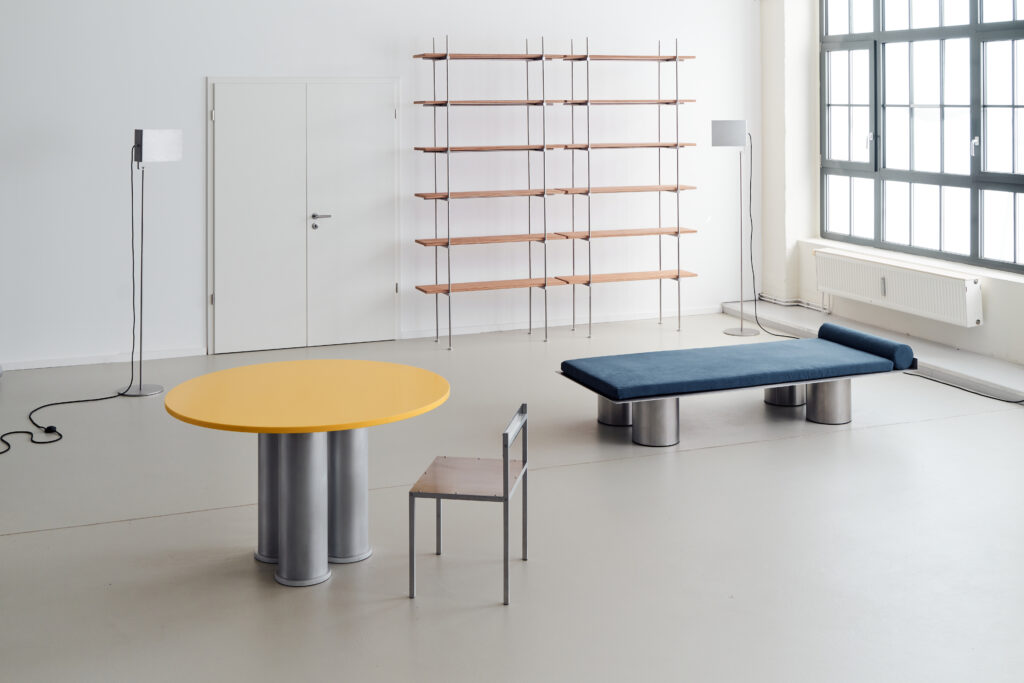
From Denmark to Berlin: Frederik Fialin’s Unique Approach to Furniture Design
Today, we have the pleasure of sitting down with Frederik Fialin, a designer hailing from Denmark but based in Berlin, specialises in crafting bold yet whimsical minimalist furniture using durable, frequently recycled materials. He enjoys playing with contrasts, blending elements like sturdy construction steel with vibrant velour upholstery. Despite his traditional training as a cabinet maker, Fialin consistently challenges conventions and explores new possibilities in his work.
Frederik, your furniture pieces are characterized by their bold yet playful aesthetic. Can you tell us more about your creative process and what inspires your designs?
I’m usually content with my work when it makes me laugh and wonder at its oddness. I aim for it to be disproportionate or unexpectedly shaped, yet maintain a clear and simple structure. I find great beauty in simplicity and honesty, and I strive to infuse these qualities into my furniture. I often make only minor tweaks to the original concept, mainly to address functionality and overcome technical hurdles. I enjoy exploring extremes and using the full range of sizes available, whether from ready-mades or custom fabrications. Why stick with a 50mm pipe when you can use a 270mm one? It might be unnecessary, but it’s decorative and adds a touch of humour.
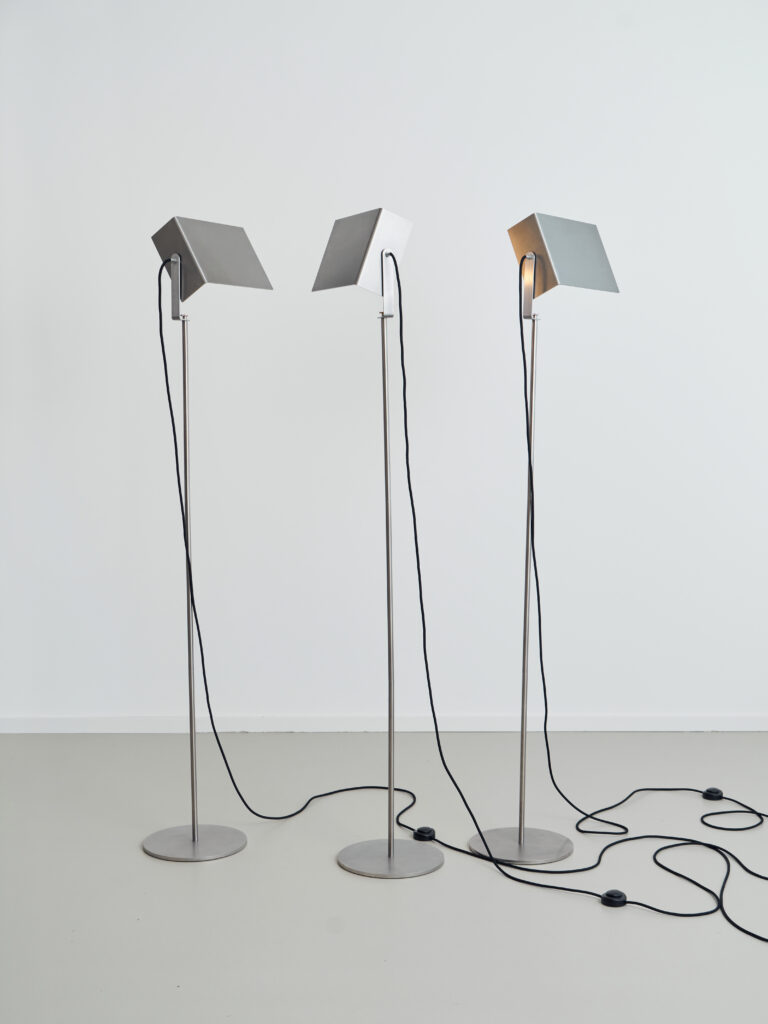
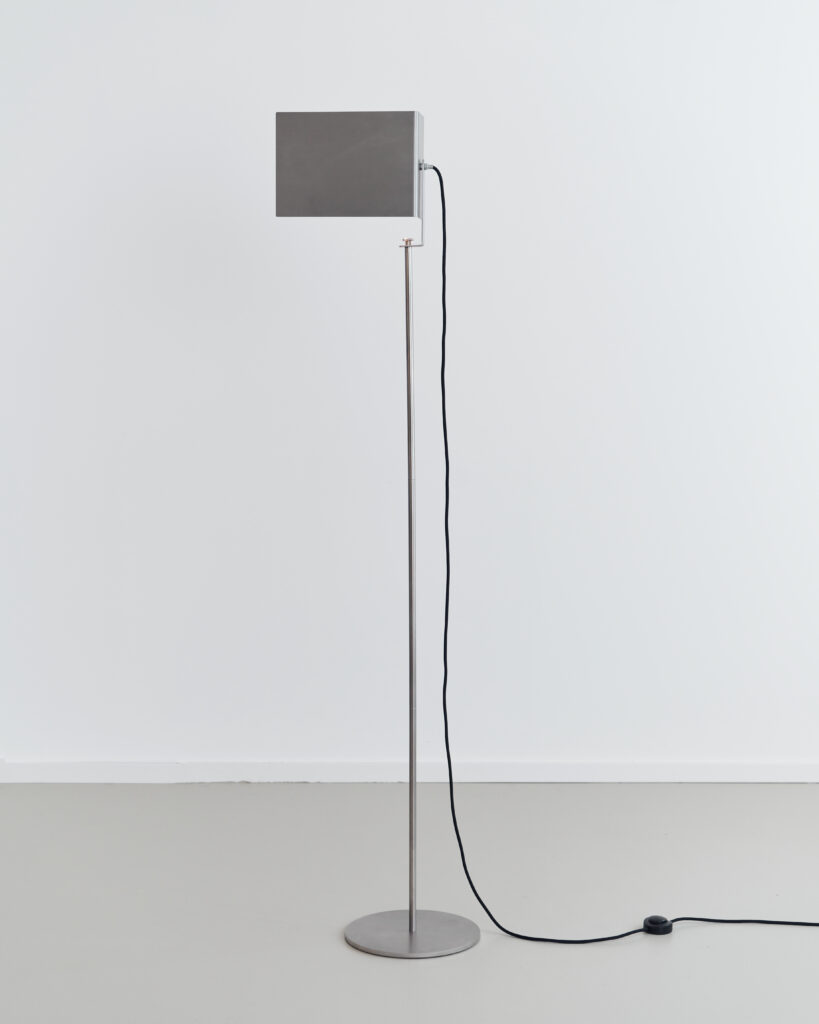
How does your background influence your approach to furniture design and craftsmanship?
Clearly, my background as a classically trained cabinetmaker must have some importance, but never in any directly noticeable way. If anything, not having a theoretical background has probably benefited me in some ways and has potentially given me a more naive approach, which I think is clear when you look at my furniture. Starting out not knowing design history, theory and the mere fundamentals has both been challenging and rewarding. I think not taking it all that seriously is probably the main one. After all, it’s just furniture, and theorising on a particular piece or subject is generally pointless. Either you like it or you don’t.
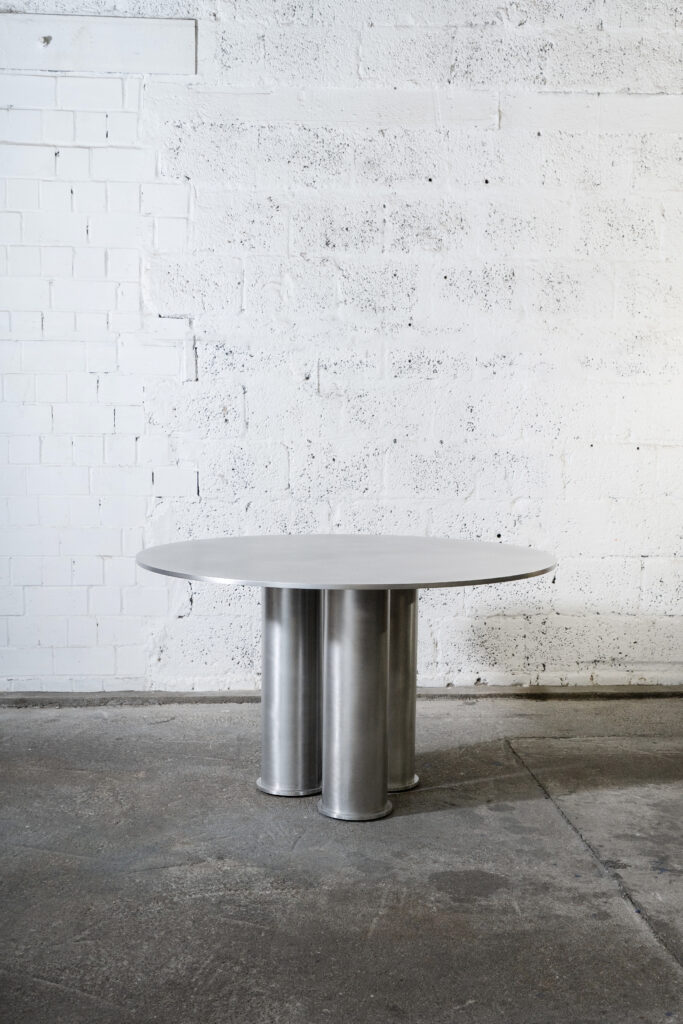
Your pieces often challenge the notion of industrial design. What other design categories or influences do you draw inspiration from?
Do they? I don’t see it like this at all. My furniture makes use of very well- known and often basic materials. I usually try to simplify as much as I can and remove all unnecessary elements. I don’t take inspiration from anyone or anything in particular and I work based almost solely on gut feeling, but almost always to make myself happy. I like the framework that using mainly common geometric shapes gives me though. For me, it’s about combining these well-known shapes and placing them in unusual ways, adding or decreasing thickness, changing the diameter, or something else that can turn a simple circle or cylinder into something interesting, aesthetically pleasing, and most importantly, a functional piece of furniture.
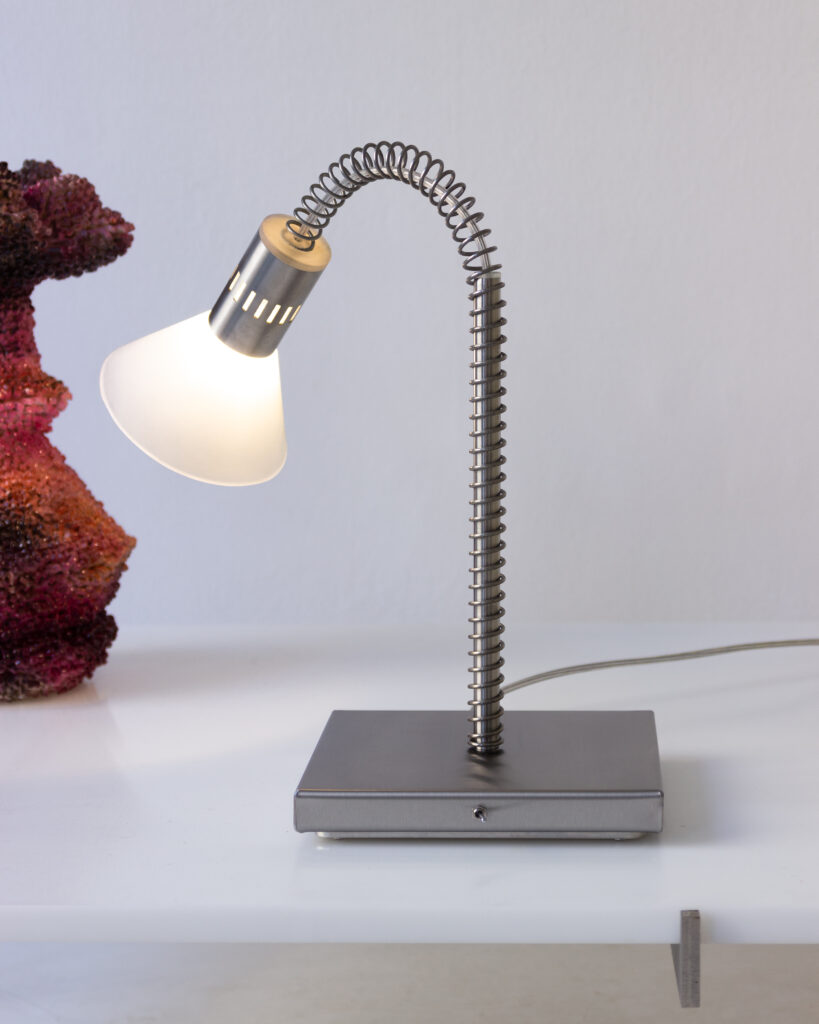
How has Berlin’s dynamic cultural scene influenced your creative process and the development of your designs?
I doubt that Berlin has had any particular influence on my work. It’s more a place I happened to be while maturing and realising how I want to spend my time professionally.
Could you tell us about any specific challenges you’ve encountered while experimenting with materials or pushing the boundaries of design?
As with everything; finding the balance between beauty, functionality, humour and self-interest.
What role does sustainability play in your work, particularly considering your use of recycled materials?
I haven’t used recycled materials in quite a while; instead, I try to make use of materials that are not transported thousands of kilometres and should they eventually be thrown out, it would probably be aluminium (which is infinitely recyclable) or wood. I don’t believe that what we do in my studio has any particular influence on the status of the world. We produce furniture in very small quantities, sometimes in exotic materials, sometimes not. It doesn’t matter in the greater scheme of things and is not something I worry about.
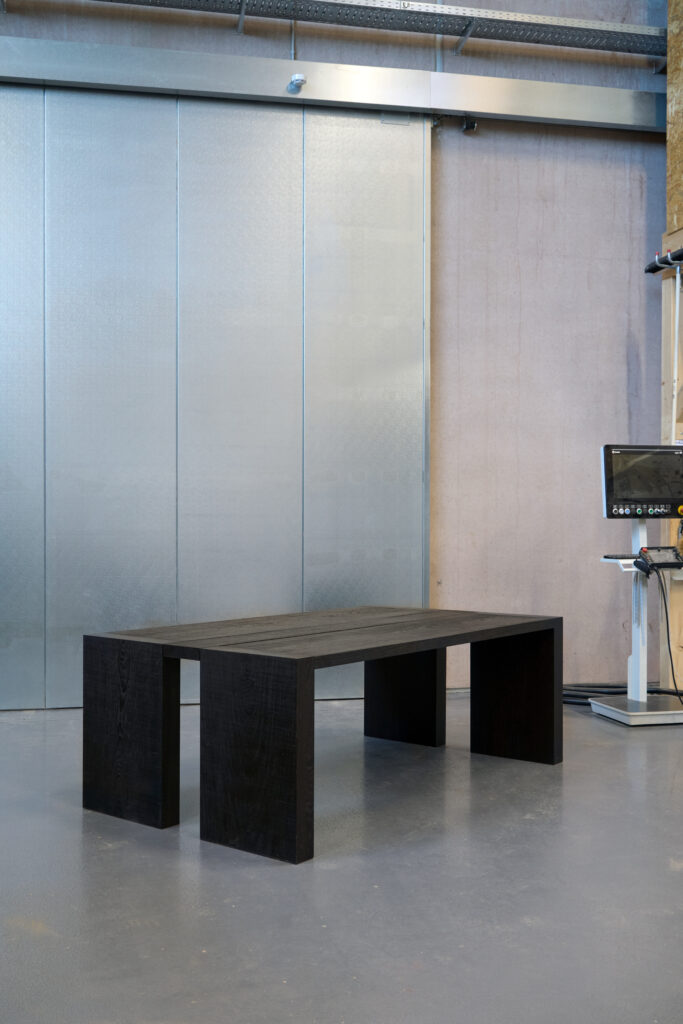
Looking ahead, what are your goals or aspirations for your furniture studio, and how do you envision the evolution of your designs in the future?
At the moment, we are planning the next year. There will be some shows and design festivals as well as further developments of already existing pieces and new ones. I simply hope to be able to continue doing what I do and have fun with it.
In order of appearance
- Flagpole Lamp, Elephant Tripod Table, AC01 Dining Chair, Spaghetti Shelf System, Monteverdi Daybed. Courtesy of Frederik Fialin.
- Flagpole Lamp, 2023. Courtesy of Frederik Fialin.
- Elephant Tripod Table, 2023. Courtesy of Frederik Fialin.
- Springloaded Light, 2024. Courtesy of Frederik Fialin.
- Hefty Table, 2024. Courtesy of Frederik Fialin.